Alissid Jazz, Nikolay Oorzhak - Oorjazz! (2006)
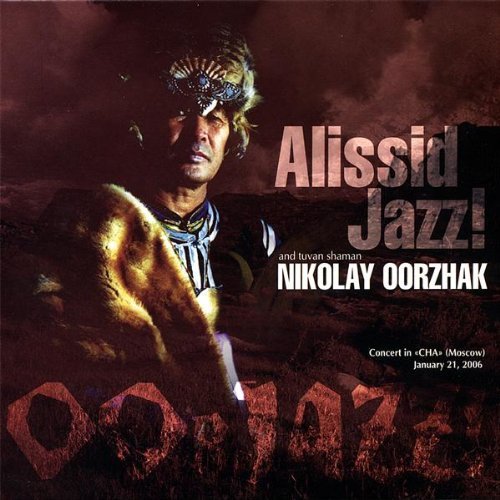
Artist: Alissid Jazz, Nikolay Oorzhak
Title: Oorjazz!
Year Of Release: 2006
Label: Akatzia
Genre: New Jazz, Tuvan Throat-Singing, Avantgarde, Ethno Jazz, Acid Jazz
Quality: FLAC (tracks+.cue,log,scans)
Total Time: 77:59
Total Size: 420 MB
WebSite: Album Preview
Tracklist:Title: Oorjazz!
Year Of Release: 2006
Label: Akatzia
Genre: New Jazz, Tuvan Throat-Singing, Avantgarde, Ethno Jazz, Acid Jazz
Quality: FLAC (tracks+.cue,log,scans)
Total Time: 77:59
Total Size: 420 MB
WebSite: Album Preview
01. Oor Tapes (12:19)
02. Oor Dance (14:11)
03. Hunter (11:09)
04. Kate Song (5:33)
05. New Age Dance (17:46)
06. Early Birds (16:58)
For their album with Tuvan Shaman Nikolay Oorzhak, compared to the previous, more jazz orientated release I have reviewed before (on next page), the group here shows a different, and more ethnic inspired sound, based on improvisation which is theme-related, and is building consciously on combinations of well fitting sounds. Songs are now of minor importance.. Each member contributes to this in a specific way, so that together something happens on different levels, slowly describing, exploring and then if possible, also transforming and transcending its content.
The first track, “Oortapes” starts calmly with throat singing and didgeridoo, and there are build up harmonic tensions mostly. Great in the first few tracks especially is that there are added (with keyboards ?) some feeling of background sounds that replace a natural environment (by Slava Logutin ?). On the second track, “OorDance” I have the impression that there are also added some small pre-recorded throat singing textures, and exactly fitting very natural sounds of overtone keyboards. On the 5th track I even think I hear insect-like harmonies be added to the global harmonies. Another thoughtful and clever interpretation comes from drummer Kirill Kachanov who adapts his playing with drums so well it becomes closer to a hand percussion rhythmic tonality and sensibility. Jazzy piano makes the improvisations always moody. Kate Kandalina this time is much more of a rock singer ; she sings with heavy strength in her voice. Nikolay Oorzaak not only adds with his vocal technique descriptive truly imaginable worlds, always building along with the group at first, then, like a real shaman he also always changes the spheres in a benefit of a multi-dimensional conscious experience. While Kate sings more heavy than ever, even the wildest exaggerations are adapted in dialoguing ideas, and then transcending into a natural feeling. On “Hunter” for instance she goes wild, almost aggressive, with a second voice as overtone. The shamanic voice then goes in contra-attack. The song is about the hunter, expressed with fire. She continues with high toned pushed singing, but then the improvisation calms down first in a walking rhythm, changing sounds and nature. “Kate’s Song” is the only real song-focused track, most comparable to the previous album, with Kate singing, accompanied by piano only. “NewAgeDance” is based upon a whole different idea. It starts calmly improvised with a sax like dugs, with sounds of keyboards that partly recalls a bit, Nature, but this time also with the addition of some new age meditative sounds. Moody sax, flute, and jazz drum comes in and build it up further. But then suddenly the sphere is broken into a challenging change, with an avant-garde idea of wilder sounds on sax, a rocking bass, fitting throat singing, almost neo-prog keyboards with piano. The track evolves to all kinds of different moods, rather intuitively and emotional. It is not really leading to a composition, but has vividly working changing tensions, just like the winds. It ends with a rather melancholic goodbye with singing and throat singing. So even with no specific structural composition here happens a real emotional evolution, and when suddenly 2 throat singers appear, the ending sounds like sung to end with a cured feeling. The bis/bonus track is much more of a jazz improvisation, which went completely in the group’s entity, forgetting the individuality of each member, because now all participate equally. A great ending for a special album.
The first track, “Oortapes” starts calmly with throat singing and didgeridoo, and there are build up harmonic tensions mostly. Great in the first few tracks especially is that there are added (with keyboards ?) some feeling of background sounds that replace a natural environment (by Slava Logutin ?). On the second track, “OorDance” I have the impression that there are also added some small pre-recorded throat singing textures, and exactly fitting very natural sounds of overtone keyboards. On the 5th track I even think I hear insect-like harmonies be added to the global harmonies. Another thoughtful and clever interpretation comes from drummer Kirill Kachanov who adapts his playing with drums so well it becomes closer to a hand percussion rhythmic tonality and sensibility. Jazzy piano makes the improvisations always moody. Kate Kandalina this time is much more of a rock singer ; she sings with heavy strength in her voice. Nikolay Oorzaak not only adds with his vocal technique descriptive truly imaginable worlds, always building along with the group at first, then, like a real shaman he also always changes the spheres in a benefit of a multi-dimensional conscious experience. While Kate sings more heavy than ever, even the wildest exaggerations are adapted in dialoguing ideas, and then transcending into a natural feeling. On “Hunter” for instance she goes wild, almost aggressive, with a second voice as overtone. The shamanic voice then goes in contra-attack. The song is about the hunter, expressed with fire. She continues with high toned pushed singing, but then the improvisation calms down first in a walking rhythm, changing sounds and nature. “Kate’s Song” is the only real song-focused track, most comparable to the previous album, with Kate singing, accompanied by piano only. “NewAgeDance” is based upon a whole different idea. It starts calmly improvised with a sax like dugs, with sounds of keyboards that partly recalls a bit, Nature, but this time also with the addition of some new age meditative sounds. Moody sax, flute, and jazz drum comes in and build it up further. But then suddenly the sphere is broken into a challenging change, with an avant-garde idea of wilder sounds on sax, a rocking bass, fitting throat singing, almost neo-prog keyboards with piano. The track evolves to all kinds of different moods, rather intuitively and emotional. It is not really leading to a composition, but has vividly working changing tensions, just like the winds. It ends with a rather melancholic goodbye with singing and throat singing. So even with no specific structural composition here happens a real emotional evolution, and when suddenly 2 throat singers appear, the ending sounds like sung to end with a cured feeling. The bis/bonus track is much more of a jazz improvisation, which went completely in the group’s entity, forgetting the individuality of each member, because now all participate equally. A great ending for a special album.
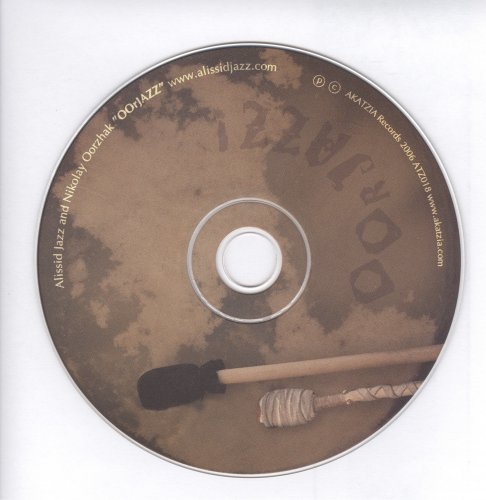
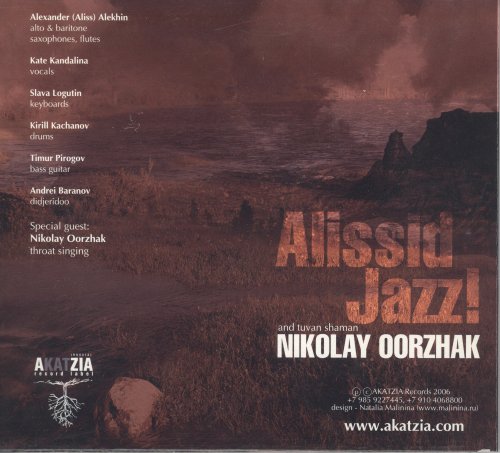
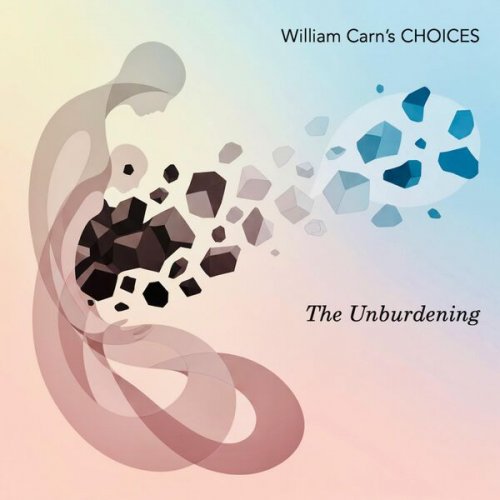
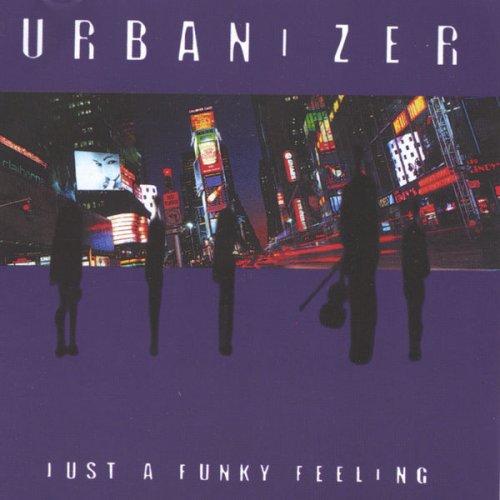
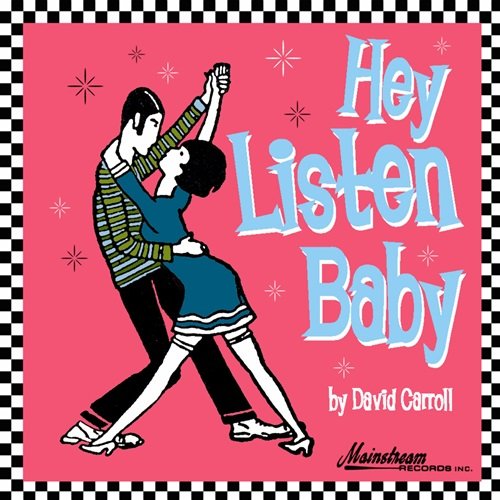
![Johnny Mathis - Sending You a Little Christmas (2013) [Hi-Res] Johnny Mathis - Sending You a Little Christmas (2013) [Hi-Res]](https://img.israbox.com/img/2025-12/23/38ptbeu2vtopjom56b48st4yc.jpg)
![Clifton Chenier - Squeezebox Boogie (1999) [Hi-Res] Clifton Chenier - Squeezebox Boogie (1999) [Hi-Res]](https://img.israbox.com/img/2025-12/20/cmlfho2wfdjon4pewnwrm16l7.jpg)
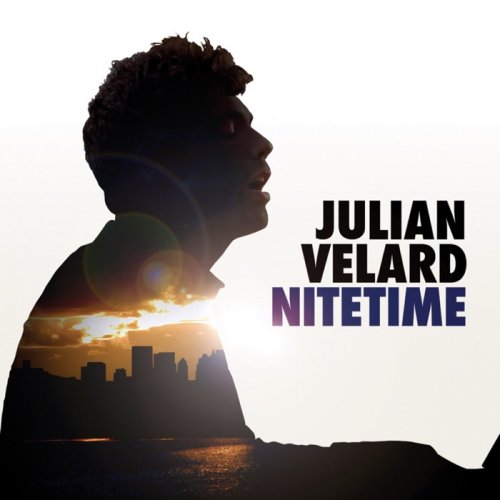
![Don Cherry, Dewey Redman, Charlie Haden & Ed Blackwell - Old And New Dreams (1979/2025) [Hi-Res] Don Cherry, Dewey Redman, Charlie Haden & Ed Blackwell - Old And New Dreams (1979/2025) [Hi-Res]](https://www.dibpic.com/uploads/posts/2025-12/1766322079_cover.jpg)
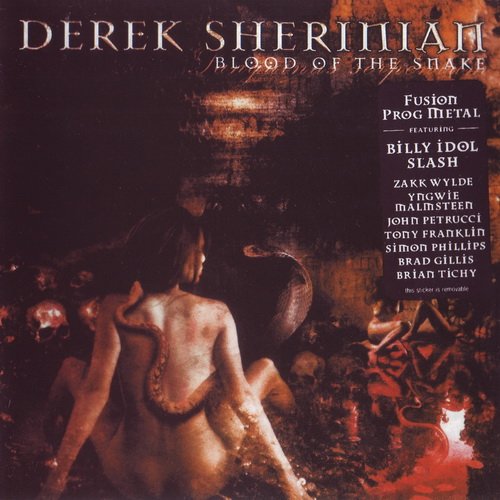
![Clifton Chenier - Clifton Chenier and His Red Hot Louisiana Band (1978) [Hi-Res] Clifton Chenier - Clifton Chenier and His Red Hot Louisiana Band (1978) [Hi-Res]](https://img.israbox.com/img/2025-12/20/u7c9mz3puf20w5rxo6nmae80o.jpg)